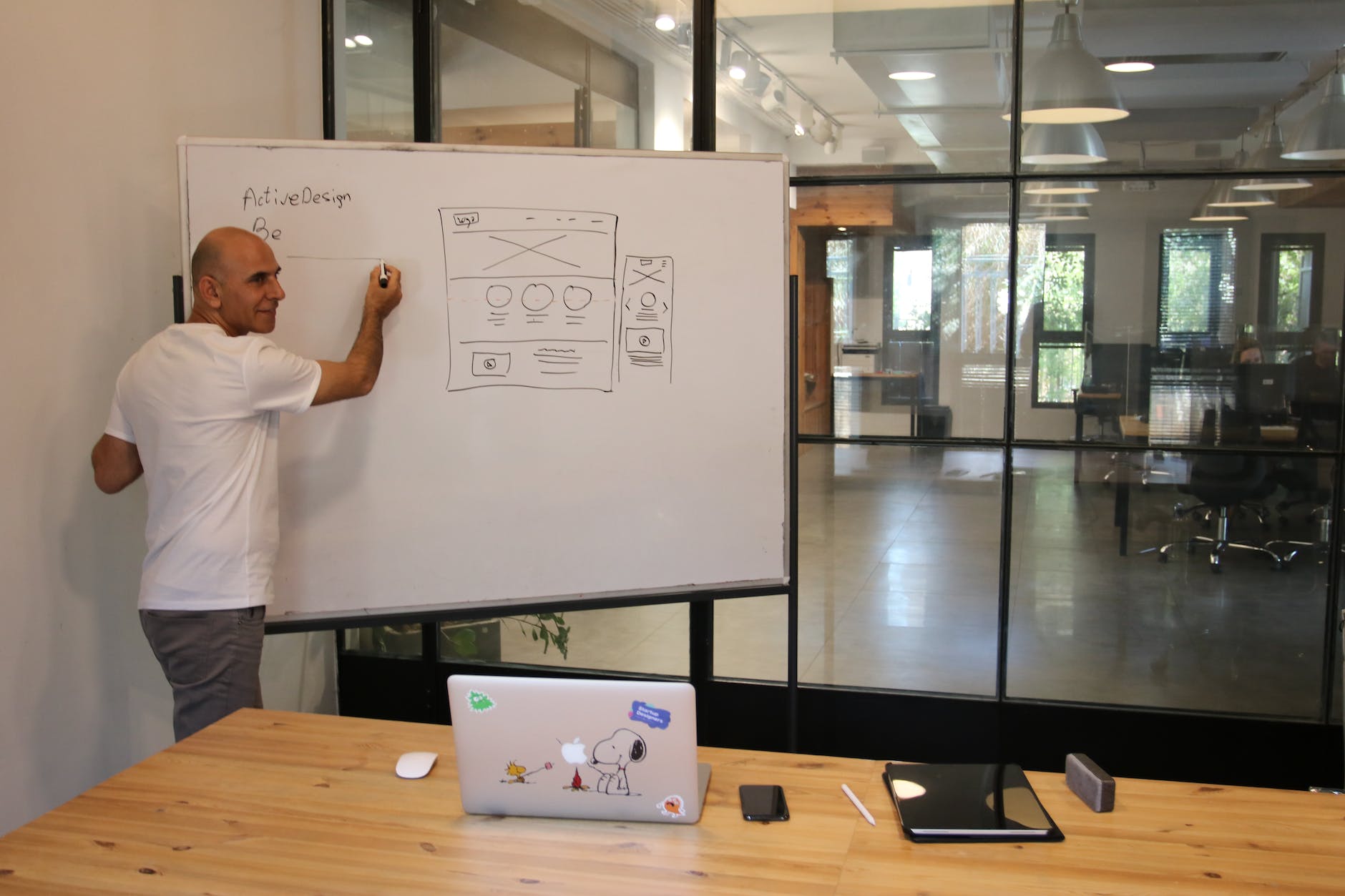
Education
The world of education is undergoing a remarkable transformation, driven by rapid advancements in cutting-edge technologies. From virtual reality and artificial intelligence to online learning platforms and smart devices, these innovative tools are reshaping the way of teaching, learning, and engaging with educational content.
As technology continues to advance rapidly, educators, policymakers, and stakeholders need to embrace these transformative tools to harness their full potential in education. By understanding the impact and possibilities offered by these technologies, you can envision a future where learning is dynamic, interactive, and tailored to unique strengths.
In this article, we discuss these cutting-edge technologies, exploring their impact on education and their potential for revolutionizing traditional educational practices.
Virtual Reality (VR) and Augmented Reality (AR)
Virtual Reality (VR) creates fully simulated, computer-generated environments with which users can explore and interact using specialized headsets or devices. Within these virtual worlds, students can embark on virtual field trips, conduct scientific experiments, or practice complex skills in a safe and controlled environment.
VR enables experiential learning, allowing students to visualize abstract concepts, experience historical events, or even manipulate three-dimensional objects.
Augmented Reality (AR), in contrast, seamlessly integrates virtual elements with the real-world environment by overlaying digital content onto physical surroundings. AR can be accessed and experienced through a range of devices, including specialized AR glasses, tablets, and smartphones.
By augmenting the real world with contextual information, interactive 3D models, or data visualizations, AR enhances understanding and engagement.
According to The Business Research Company, the global market size for augmented reality in training and education is projected to reach $99.27 billion by 2027, with a remarkable compound annual growth rate (CAGR) of 54.3%.
The reports cite the increasing adoption of VR and AR in educational institutions and the rise in demand for personalized learning experiences as the key drivers of this growth.
Artificial Intelligence (AI) and Machine Learning (ML)
Artificial Intelligence (AI) is the field of computer science that focuses on creating intelligent systems capable of performing tasks that traditionally rely on human intelligence. These tasks include reasoning, problem-solving, learning, and decision-making.
Machine Learning (ML), a branch of AI, encompasses algorithms that possess the ability to learn from data and enhance their performance as they gather more information.
In education, AI and ML can revolutionize the learning experience by providing personalized, adaptive instruction. AI-powered tutoring systems analyze students’ data and behavior to tailor lessons to their individual needs, strengths, and weaknesses. These systems can provide instant feedback, identify learning gaps, and recommend targeted resources to help students succeed.
Furthermore, AI and ML enable intelligent content creation, automating the generation of educational materials and assessments. It saves educators time and allows them to focus on individualized instruction and mentorship.
Online Learning Platforms
These platforms leverage technology to provide accessible, flexible, and engaging learning experiences for students of all ages. With a wide range of features and resources, online learning platforms have become an integral part of the educational landscape.
The rise of online learning platforms has gained momentum in recent years, driven by the increasing demand for remote and distance education. These platforms have played a vital role in ensuring continuous learning during disruptions such as the COVID-19 pandemic, providing a seamless transition from traditional classrooms to virtual learning spaces.
Proprep, a STEM-based online learning platform, states that these platforms promote self-paced learning, allowing students to learn at their speed and revisit concepts whenever and wherever needed. These platforms are accessible from anywhere worldwide, provided the region has internet accessibility. Additionally, videos available on these platforms can be easily viewed and accessed across a wide range of devices.
Online learning platforms often include performance tracking and analytics, enabling students and educators to monitor progress and identify areas that require further attention.
Gamification in Education
In education, gamification has gained traction as a powerful tool to promote active participation and intrinsic motivation among students. Gamified learning platforms and applications provide interactive challenges, quizzes, and simulations that make learning enjoyable and stimulating.
Furthermore, gamification fosters collaboration and social interaction. Through leaderboards, team-based competitions, and cooperative gameplay, students can collaborate, communicate, and learn from each other. It enhances their problem-solving and critical thinking skills and cultivates important social and communication skills necessary for the modern workforce.
Various studies have also demonstrated the effectiveness of gamification in education. A study published by Science Direct found that incorporating game elements in educational settings enhances the appeal of learning and encourages increased learner engagement within gamified courses.
Furthermore, gamification is believed to positively influence learners’ motivation, performance, engagement, and overall learning experience.
Internet of Things (IoT) and Smart Devices
IoT in education encompasses a network of interconnected devices, systems, and sensors that collaborate to collect and exchange data, fostering an intelligent and immersive learning environment.
Smart devices, such as interactive whiteboards, tablets, wearables, and sensors, are being integrated into classrooms to enhance the learning experience. These devices provide real-time feedback, personalized learning pathways, and interactive content, making education more engaging, dynamic, and tailored to individual student needs.
IoT-enabled smart classrooms can automate routine tasks, such as attendance tracking, resource management, and environmental control, freeing educators’ time for more meaningful student interactions. Additionally, IoT devices enable remote learning, virtual collaboration, and access to educational resources beyond the physical classroom.
Transforming the Way of Learning and Teaching
The rapid advancement of cutting-edge technologies is reshaping the field of education, unlocking new possibilities, and transforming the way of imparting education.
These technologies drive a paradigm shift in education by enhancing engagement, personalization, and accessibility. VR and AR transport learners to immersive virtual environments, while AI and ML provide personalized instruction and intelligent content creation.
Online learning platforms offer flexible and interactive learning experiences, and gamification promotes engagement and motivation. Similarly, IoT and smart devices create connected and data-driven learning environments.
Amidst evolving technology, collaboration among educators, policymakers, and stakeholders is vital to unlock the full potential of cutting-edge technologies, ensuring an inclusive, transformative, and empowering education for all.





